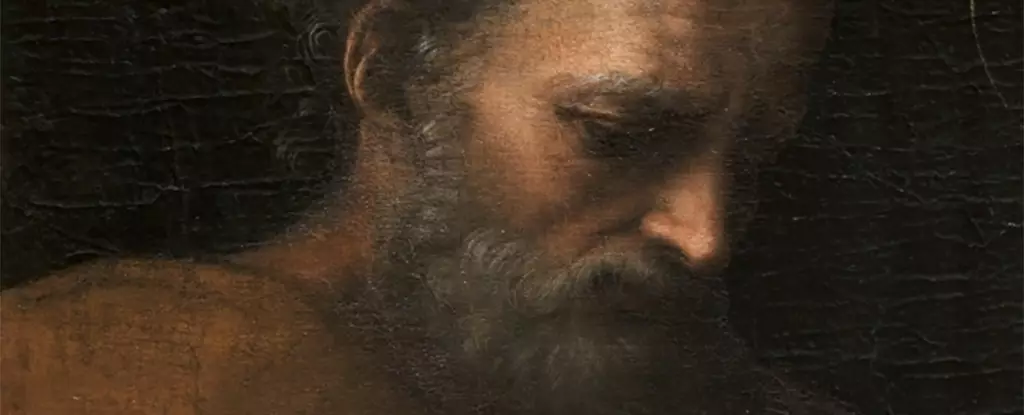The integration of artificial intelligence (AI) into various sectors has led to groundbreaking advancements, and the field of art authentication is no exception. Recent developments have illuminated a debate surrounding Raphael’s painting, “Madonna della Rosa,” revealing that an AI-based neural network has identified discrepancies within the artwork. This finding has reshaped conversations around the artist’s oeuvre, particularly regarding St. Joseph’s face, which AI analysis suggests may not have been painted by the renowned Italian master himself.
For centuries, experts have engaged in rigorous detective work to determine the authenticity and provenance of artworks. Traditional methods involved careful visual analysis, study of historical documentation, and artistic style comparisons. However, as the new AI algorithm demonstrates, the capability of computing technology to analyze intricate details beyond the human eye can dramatically enhance our understanding of these masterpieces.
The AI’s Methodology: An Analytical Deep Dive
Researchers from both the UK and the US collaborated to create an innovative analytical tool grounded in AI. They trained this program using images of Raphael’s authenticated works, allowing the AI to understand and recognize the minutiae of Raphael’s signature style—encompassing brushstrokes, color palettes, and shading techniques. This meticulous deep feature analysis enables computers to detect details at a microscopic level that human observers might overlook.
As mathematician Hassan Ugail of the University of Bradford articulated, such a level of analysis is revolutionary. The AI’s ability to discern variations in the way different artists render facial features—such as those seen in the Madonna, Child, and St. John—highlights how technology can bring new clarity to age-old discussions in the art world. When focusing on St. Joseph, however, the AI produced different results, suggesting that his depiction diverges from Raphael’s established techniques, thus prompting further academic inquiry into its origins.
Despite the promising results from the AI analysis, the journey to determine the true authorship of “Madonna della Rosa” has not been straightforward. Throughout history, art critics have expressed skepticism about the painting’s authenticity, often citing the disparities among the figures presented. The nuanced findings of the AI bolster these long-held suspicions, suggesting that St. Joseph may have been painted by another artist, possibly one of Raphael’s prominent pupils, Giulio Romano.
The reality of attributing artworks is complex. It is not merely a pass-fail exercise; rather, it calls for nuanced interpretation of a multitude of factors, including historical context and stylistic analysis. Although AI consistently offers insights, the ultimate judgment remains in the hands of human experts who specialize in these intricacies.
Moving forward, it is essential to recognize that AI does not function as a replacement for human art experts but serves as a sophisticated tool to support their ongoing examinations. The researchers behind the study emphasize that while AI can provide invaluable data on the probable authorship of segments of artwork, it does not replace the multi-dimensional assessment process that accompanies the authentication of artworks. The collaborative synergy between AI technology and human expertise heralds a new era in art history, one characterized by enhanced accuracy and more informed discourse.
As we reflect on the implications of these findings and the technology employed, it is striking to consider how modern innovations continue to unlock the narratives embedded within enduring masterpieces. With each stroke analyzed through the lens of AI, hidden stories are revealed, contributing to a deeper appreciation of historical artworks and the artists who created them.
Art and technology share a compelling relationship, with AI providing a fresh perspective on established works. The case of Raphael’s “Madonna della Rosa” serves as a prime example of how the marriage of art and technology can enhance our understanding of cultural heritage and refine the frameworks we utilize for art evaluation, opening new avenues for exploration in both disciplines.

